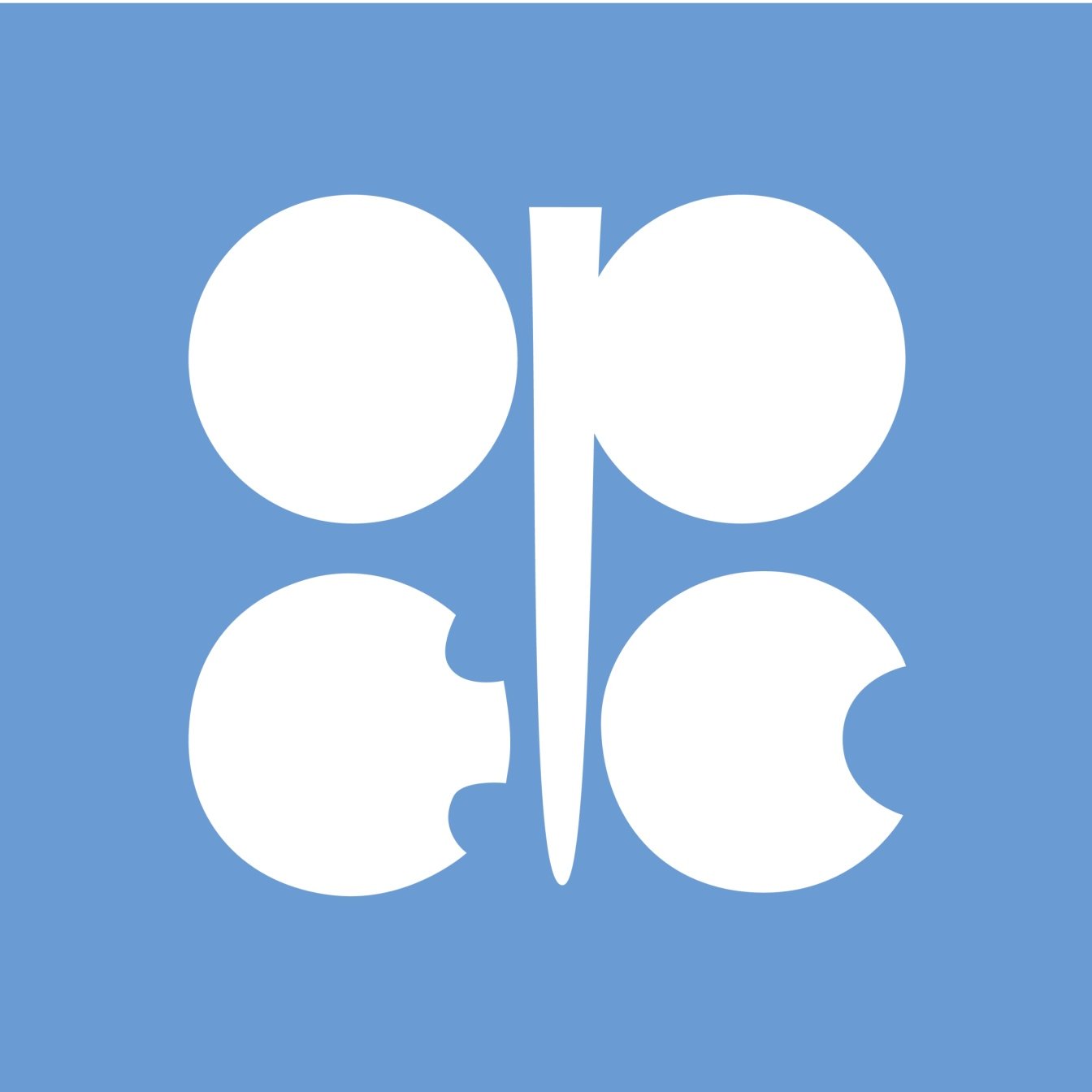
While the Organization of the Petroleum Exporting Countries (OPEC) no longer wields the same power over global oil markets it had 40 years ago, it can still make some noise when it wants to. And Monday, OPEC wanted to.
The cartel’s new president, Mohammed Bin Saleh Al-Sada, who is also Qatar’s oil minister, said in a statement that he expects higher oil demand in the second half of 2016. These words tacked a gain of around 3% onto crude prices.
Al-Sada added that prices have have experienced “steady improvement” since February following “a decline in crude oil production, supply outages and a decrease in oil inventories, while global demand for oil improved.” He also added that the recent (current?) decline in prices and higher volatility is “only temporary,” according to the press release:
These are more of an outcome resulting from weaker refinery margins, inventory overhang – particularly of product stocks, timing of Brexit and its impact on the financial futures markets, including that of crude oil.
Since June 1, the price for an OPEC reference basket barrel has dropped from $44.68 to $40.08, more than 10%. The reference basket price rose by nearly $1 as of July 1, but it’s been steadily downhill since then.
Is OPEC just talking its book, hoping to push up the price? While it wouldn’t be the first time that has happened, it is more probable that the cartel, like the International Energy Agency (IEA) and the U.S. Energy Information Administration (EIA), really believes that global demand will rise, global inventories of oil and refined products will fall and production will continue to slow down, especially in North America.
That’s a lot of things that have to go right in order to see a higher crude price by the end of the year. We’d hazard a guess that OPEC is looking for modest growth in demand from China and India and small growth in shipments to Europe, mostly from Iran, which has been offering prices that are hard for European buyers to refuse.
One observation in the OPEC statement is probably more true than not:
[Al-Sada] alluded to the expected decline in the oil supply vis-à-vis the demand and tightening of the markets in the period ahead, due to the unprecedented drop in capital expenditure in the Oil & Gas projects across the globe during 2015 and 2016 leading to curtailment of investments which were scheduled to be undertaken over the next four years.
If the current low-price environment has a legacy, this is definitely it.
Benchmark West Texas Intermediate (WTI) crude oil for September delivery traded as high as $43.16 Monday morning, after closing at $41.80 on Friday. Brent crude for October delivery traded at $45.17 after touching a high of $45.56. Brent closed at $44.27 on Friday.
Sponsored: Find a Qualified Financial Advisor
Finding a qualified financial advisor doesn’t have to be hard. SmartAsset’s free tool matches you with up to 3 fiduciary financial advisors in your area in 5 minutes. Each advisor has been vetted by SmartAsset and is held to a fiduciary standard to act in your best interests. If you’re ready to be matched with local advisors that can help you achieve your financial goals, get started now.
Thank you for reading! Have some feedback for us?
Contact the 24/7 Wall St. editorial team.


